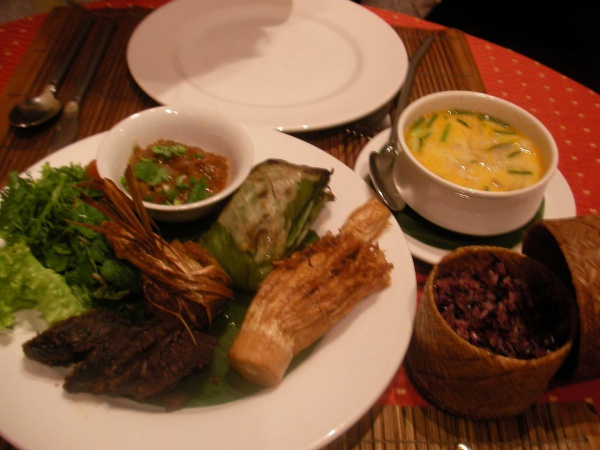Facts About Lao cuisine
Lao cuisine, or Laotian cuisine, offers a unique and distinct experience compared to other Southeast Asian foods. At its core is sticky rice, known as "khao niao" which is not just a staple but a cultural symbol deeply ingrained in Lao identity.
Key dishes include larb, a spicy minced meat salad, and tam mak hoong, a refreshing green papaya salad. These dishes highlight regional variations influenced by local ingredients across Laos.
The history of Lao cuisine is a tapestry of migrations and trade. Ingredients like chili peppers, tomatoes, and papayas were introduced through these trade networks. French colonial rule also left its mark, particularly in urban areas like Vientiane, where French culinary influences still linger.
The spread of Lao cuisine beyond its borders is largely due to migration. For instance, Lao refugees in Thailand have helped popularize Lao dishes in cities like Bangkok. However, this has sometimes led to confusion, with Lao dishes being mislabeled as Thai due to historical and cultural overlaps.
Common ingredients in Lao cooking include rice, noodles, vegetables, herbs, spices, pastes, sauces, meat, and fruits. Traditional cooking techniques such as grilling, boiling, stewing, and steaming are frequently used. Meals are typically communal, with a variety of dishes shared among diners, and eating with hands is a common practice.
Lao desserts, beverages, and kitchen utensils also reflect the country's rich culinary heritage. Lao coffee, traditional alcoholic beverages like lao hai and lao lao, and signature dishes such as khao niao and larb are integral to the cuisine. What sets Lao food apart are its fresh ingredients, bold flavors, and the harmonious balance of savory, spicy, and sour tastes.

 Thailand
Thailand